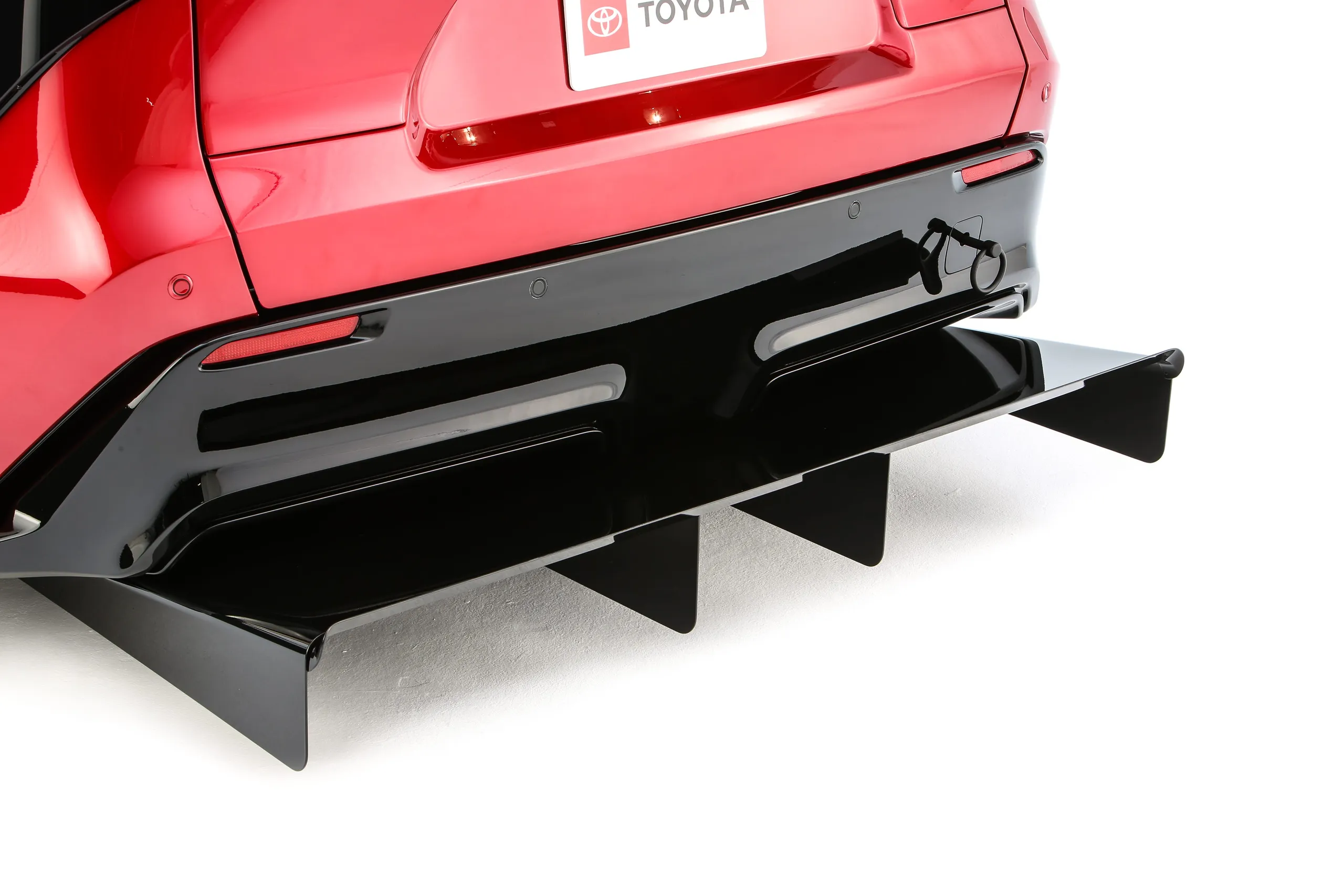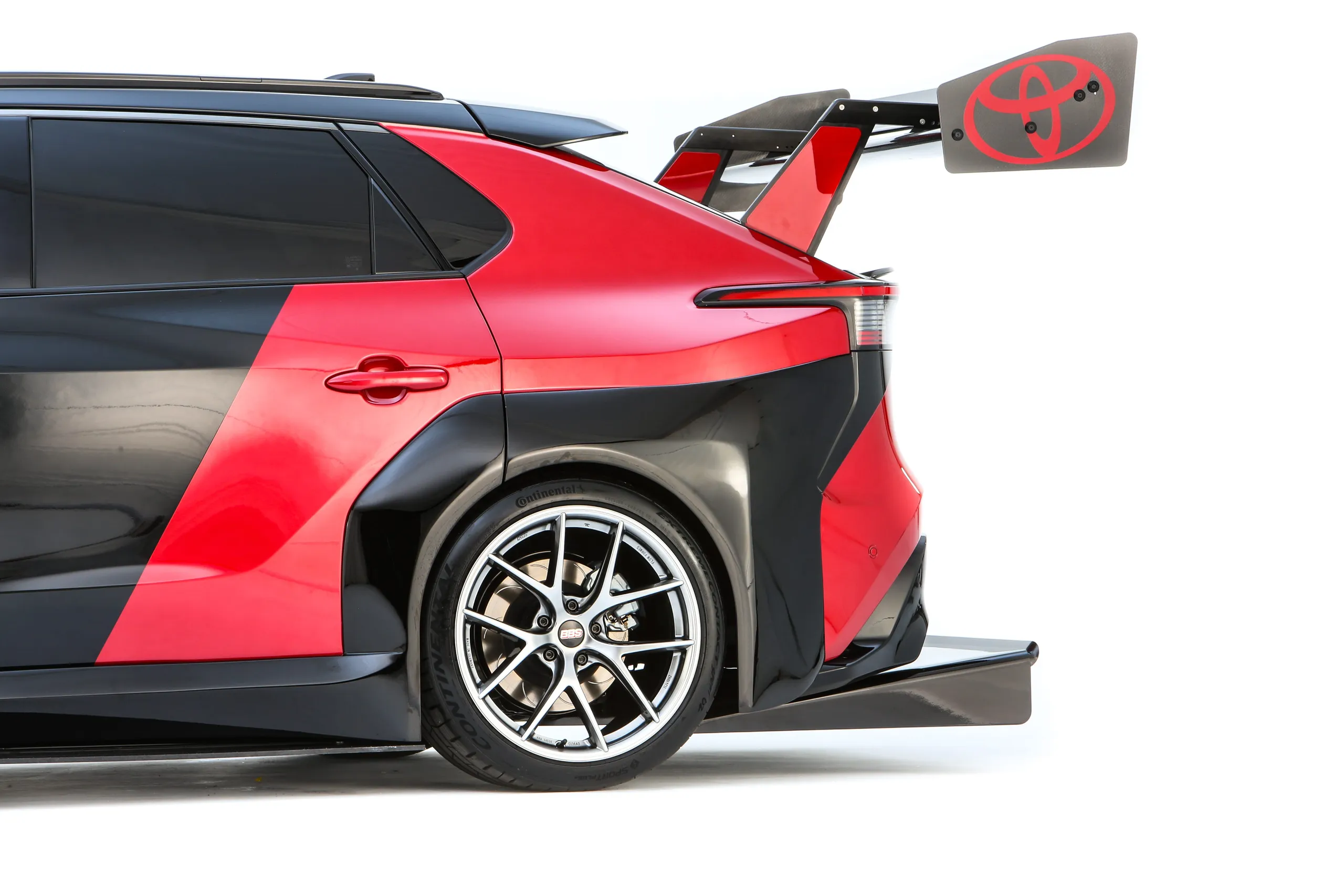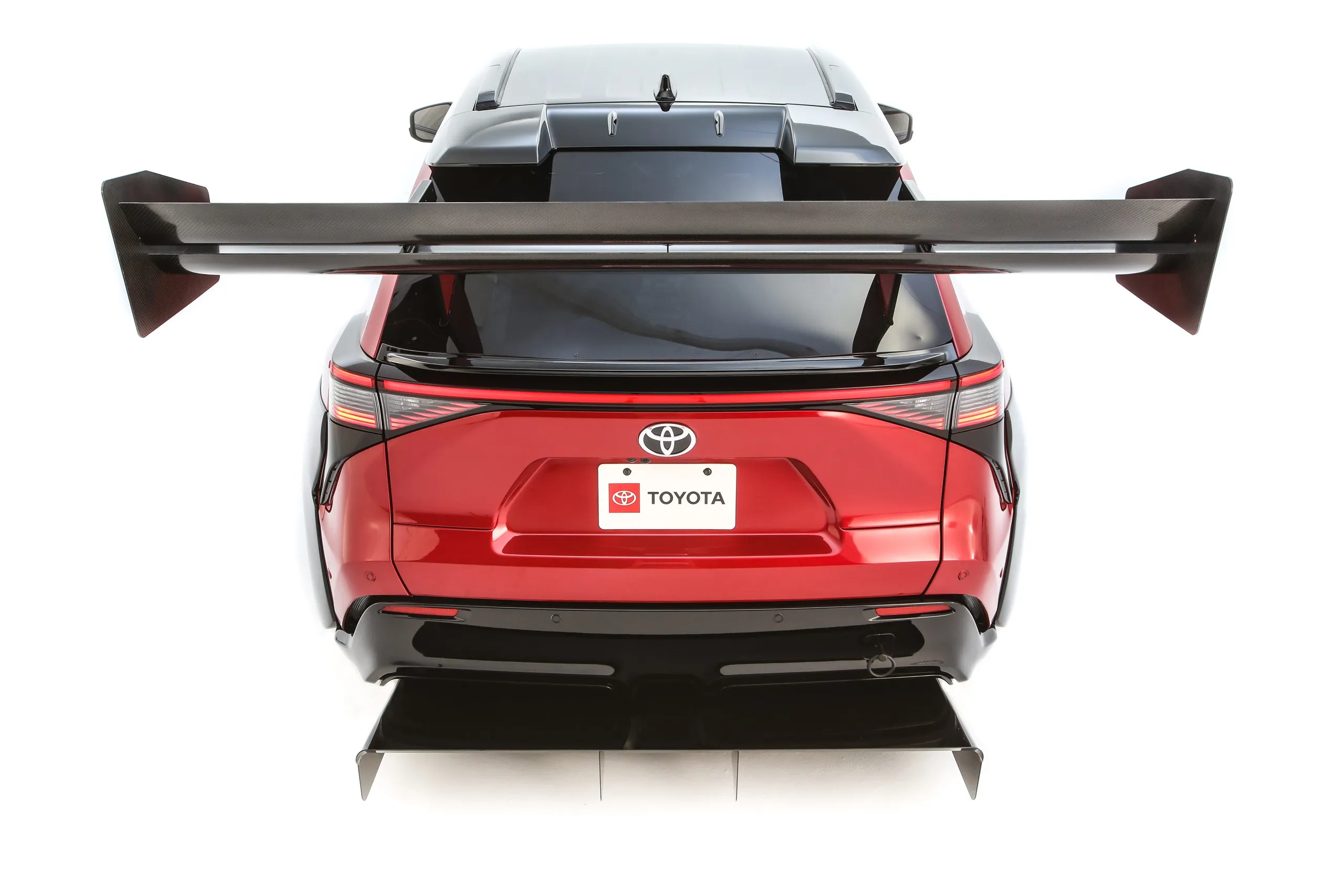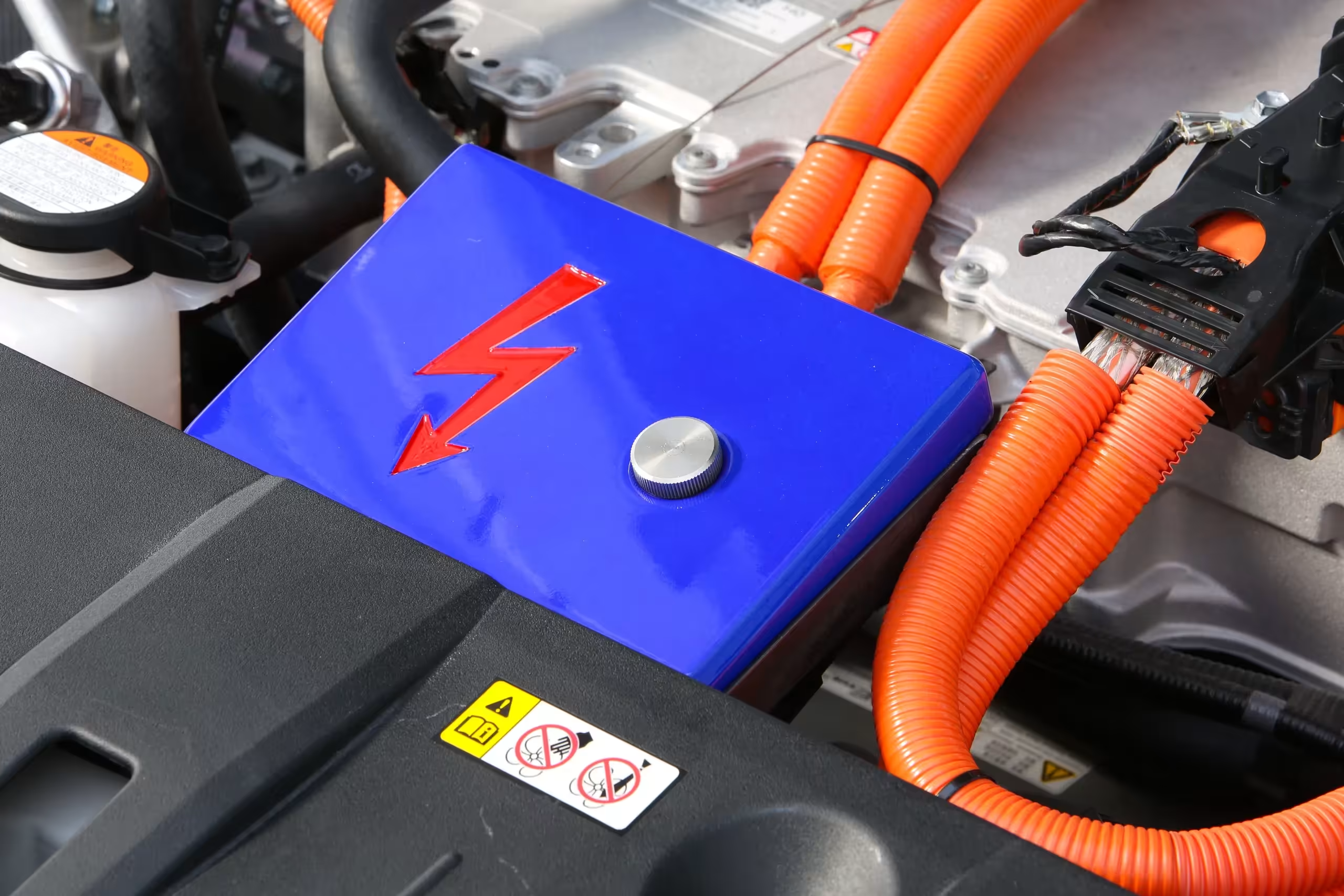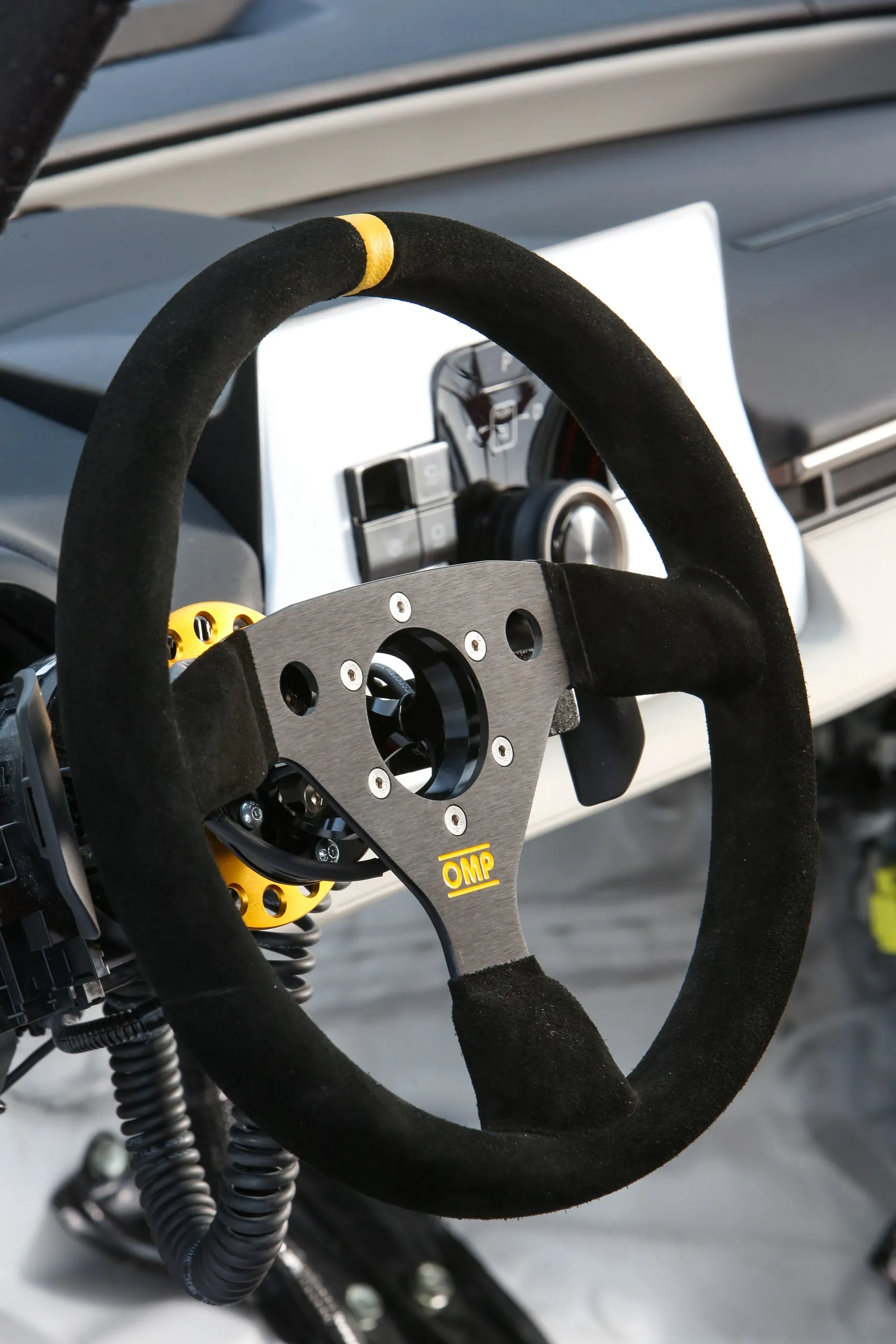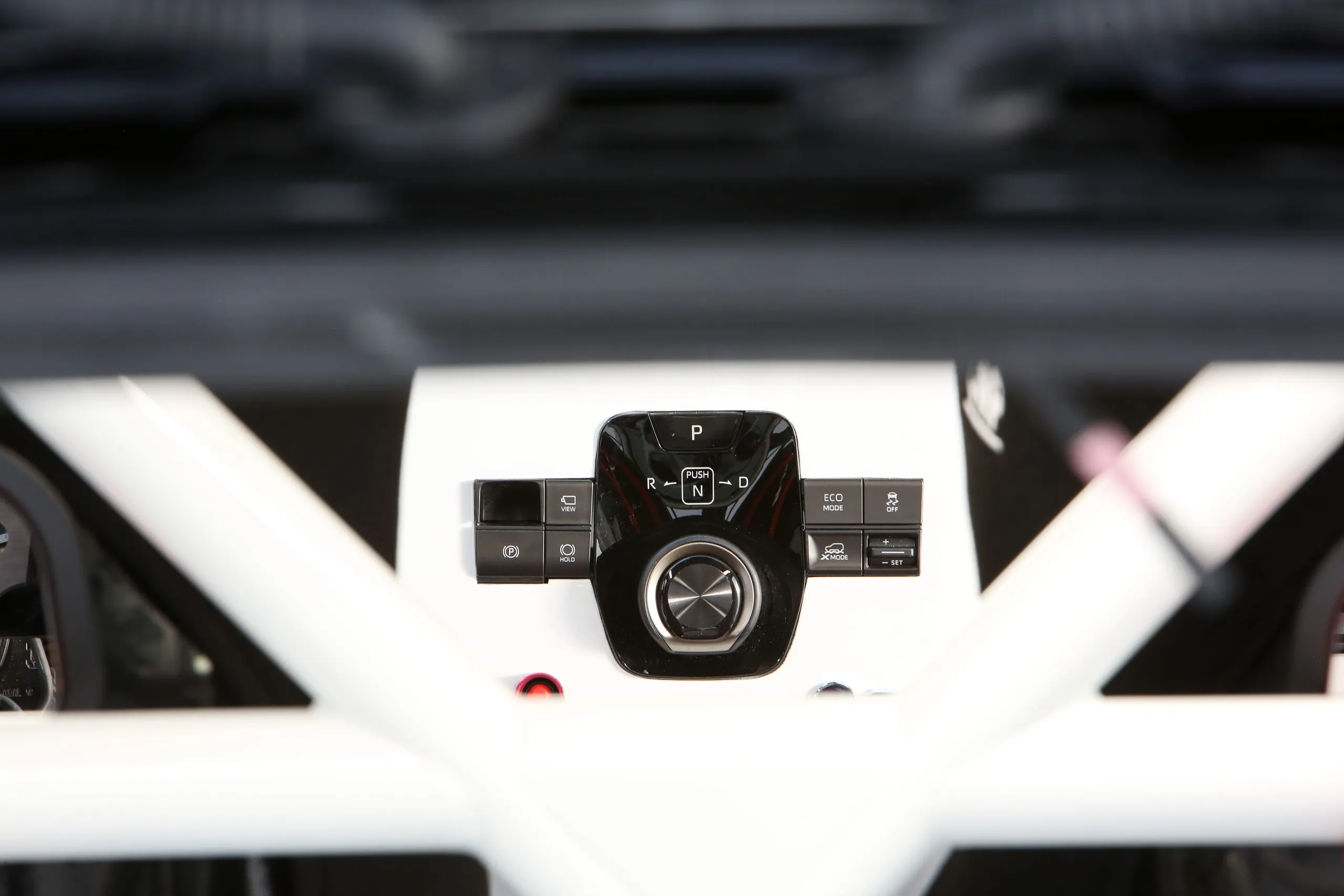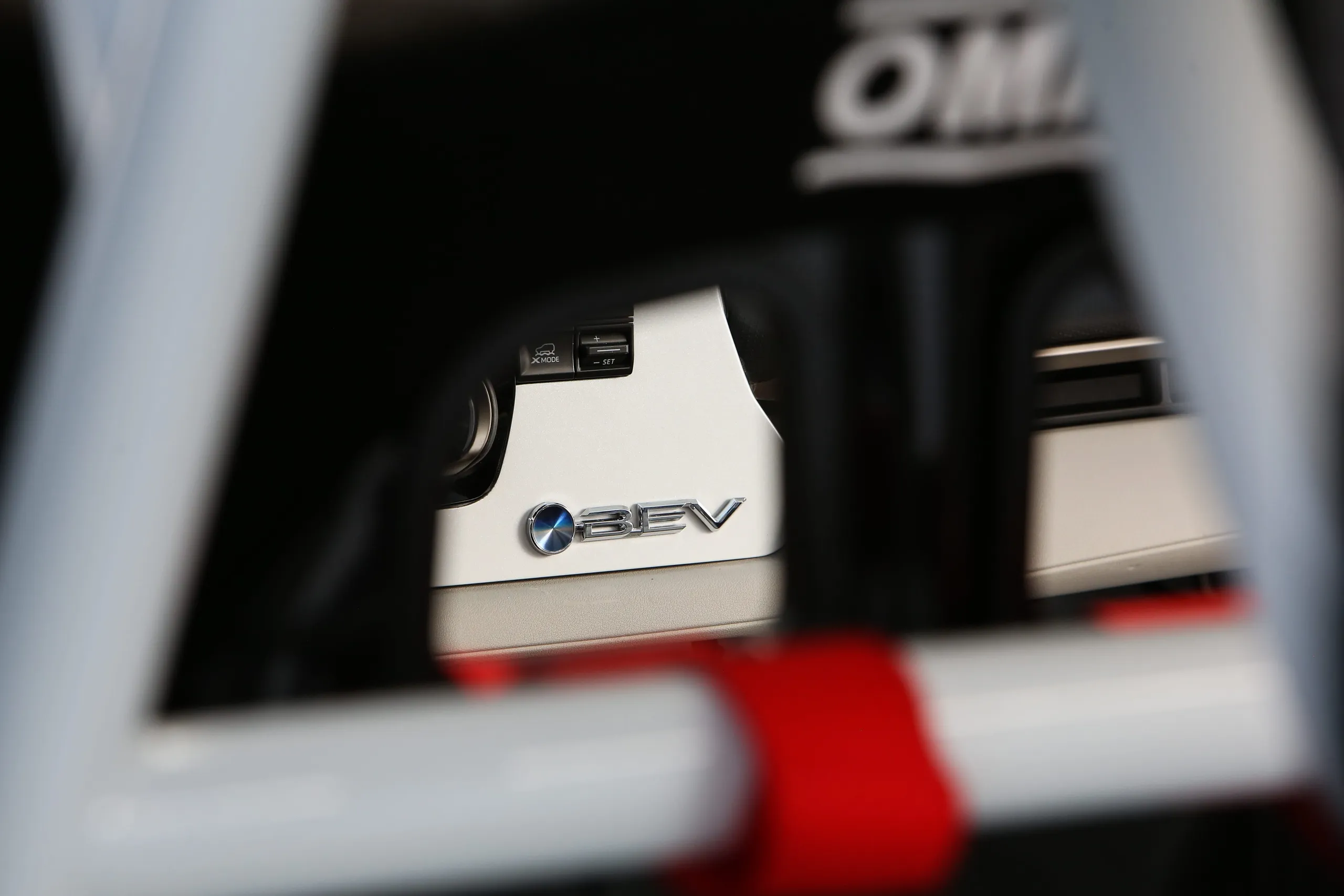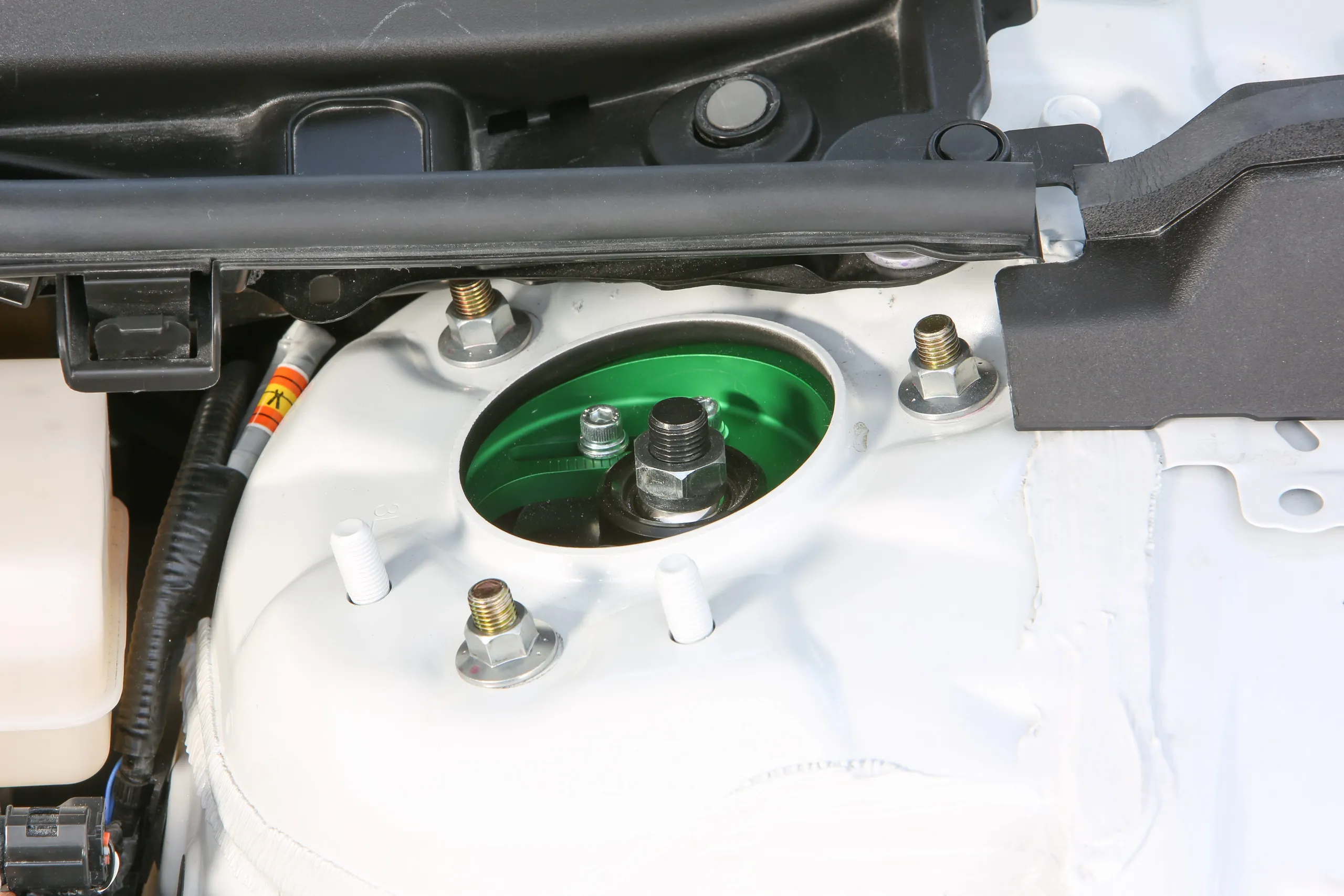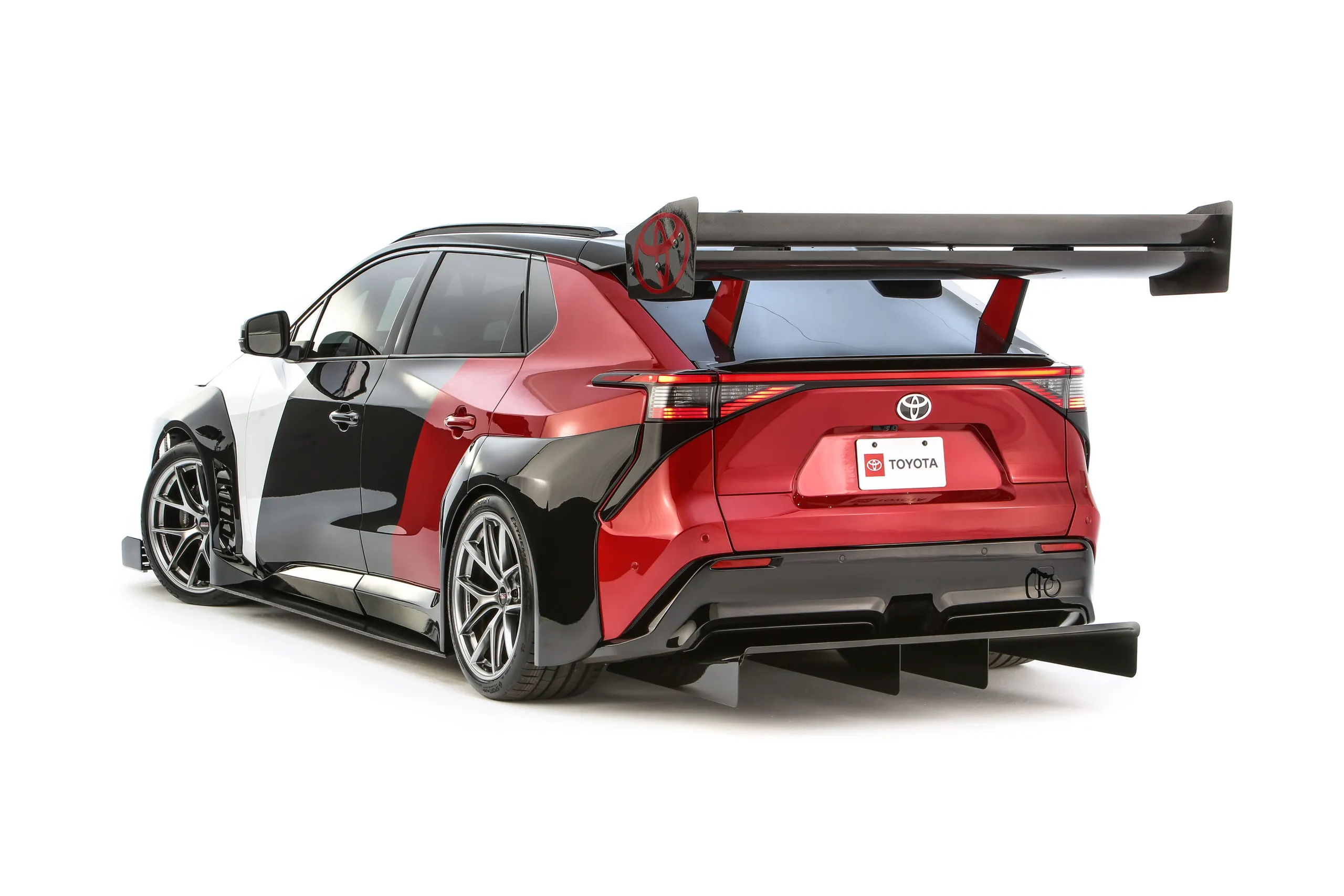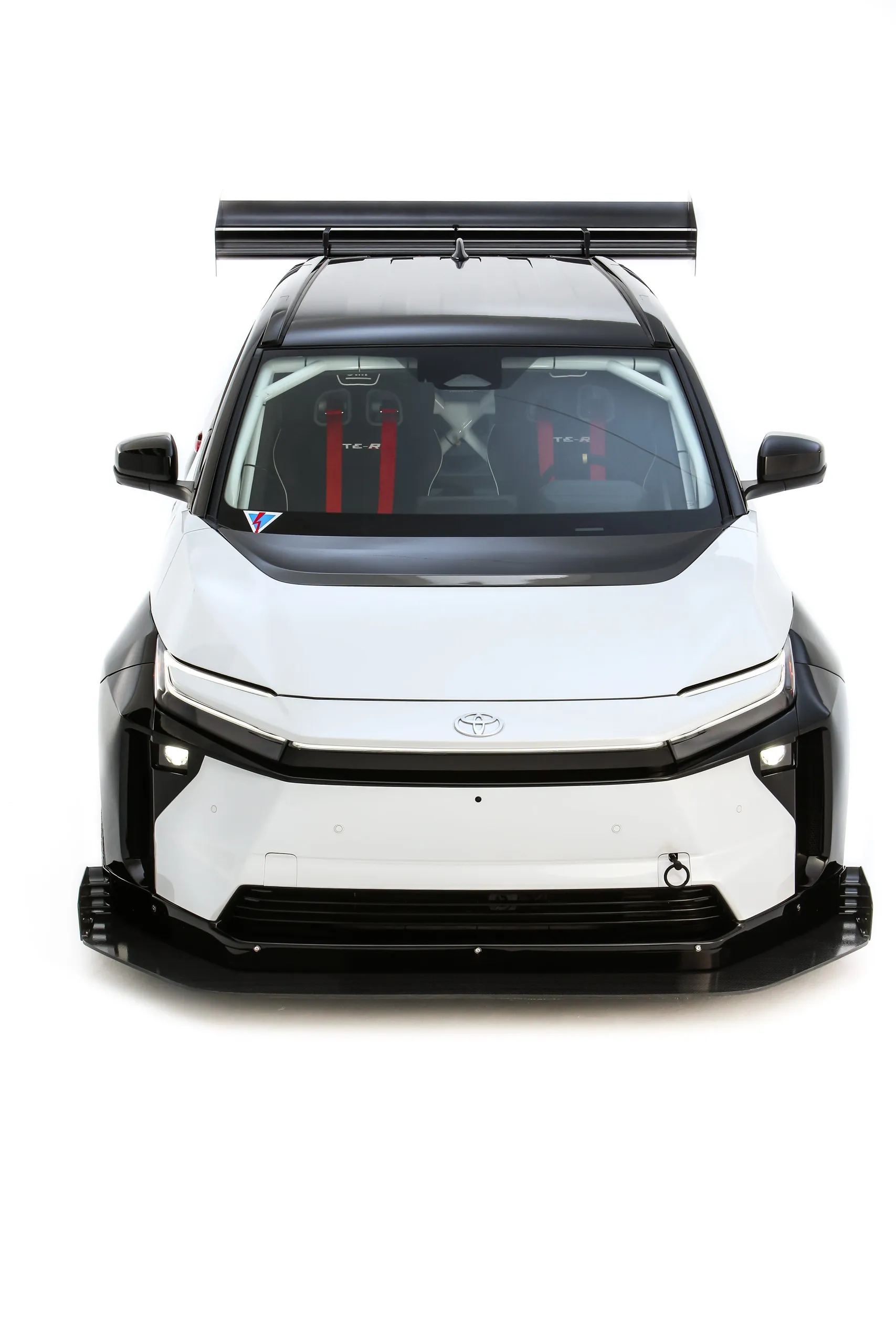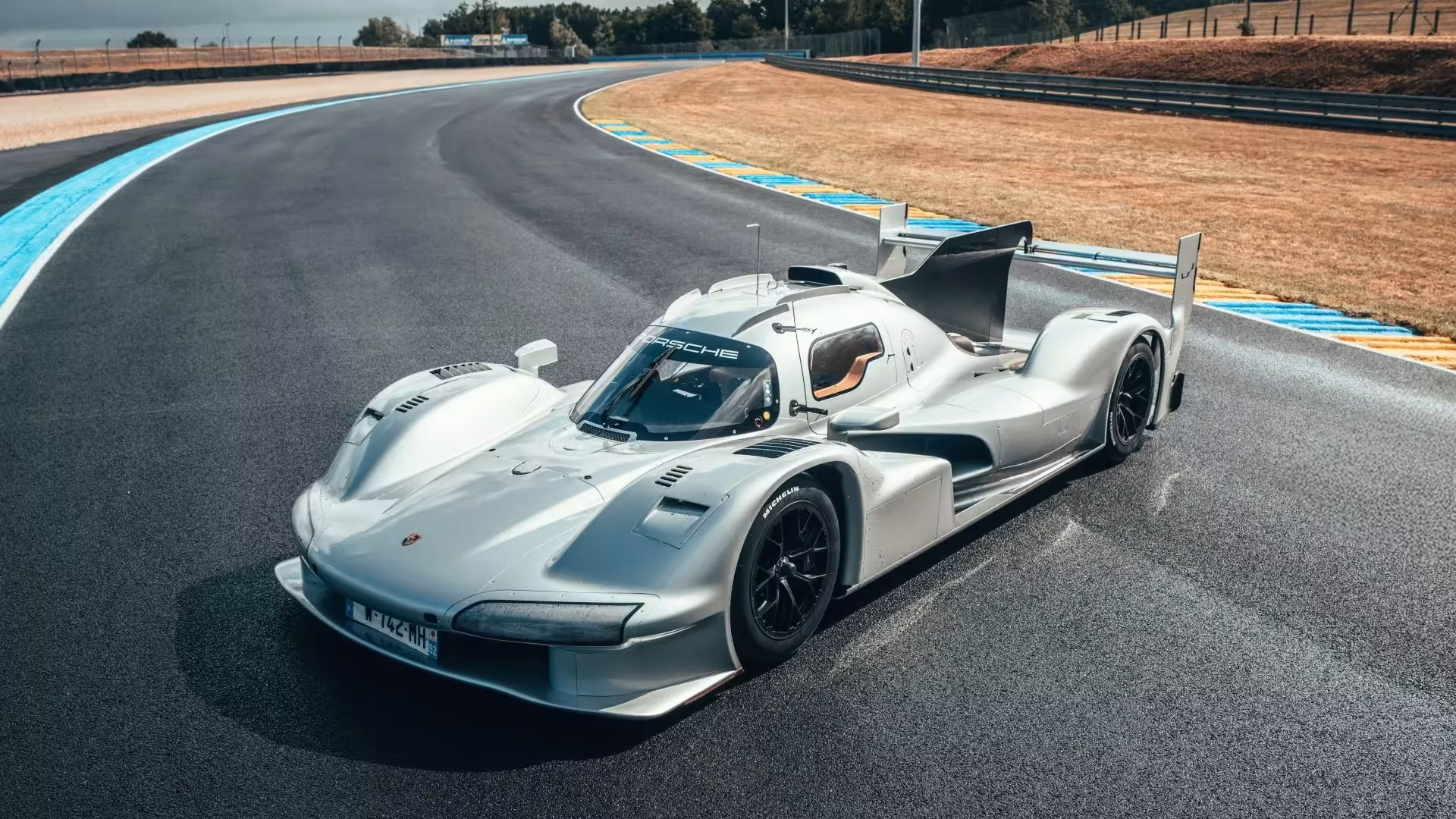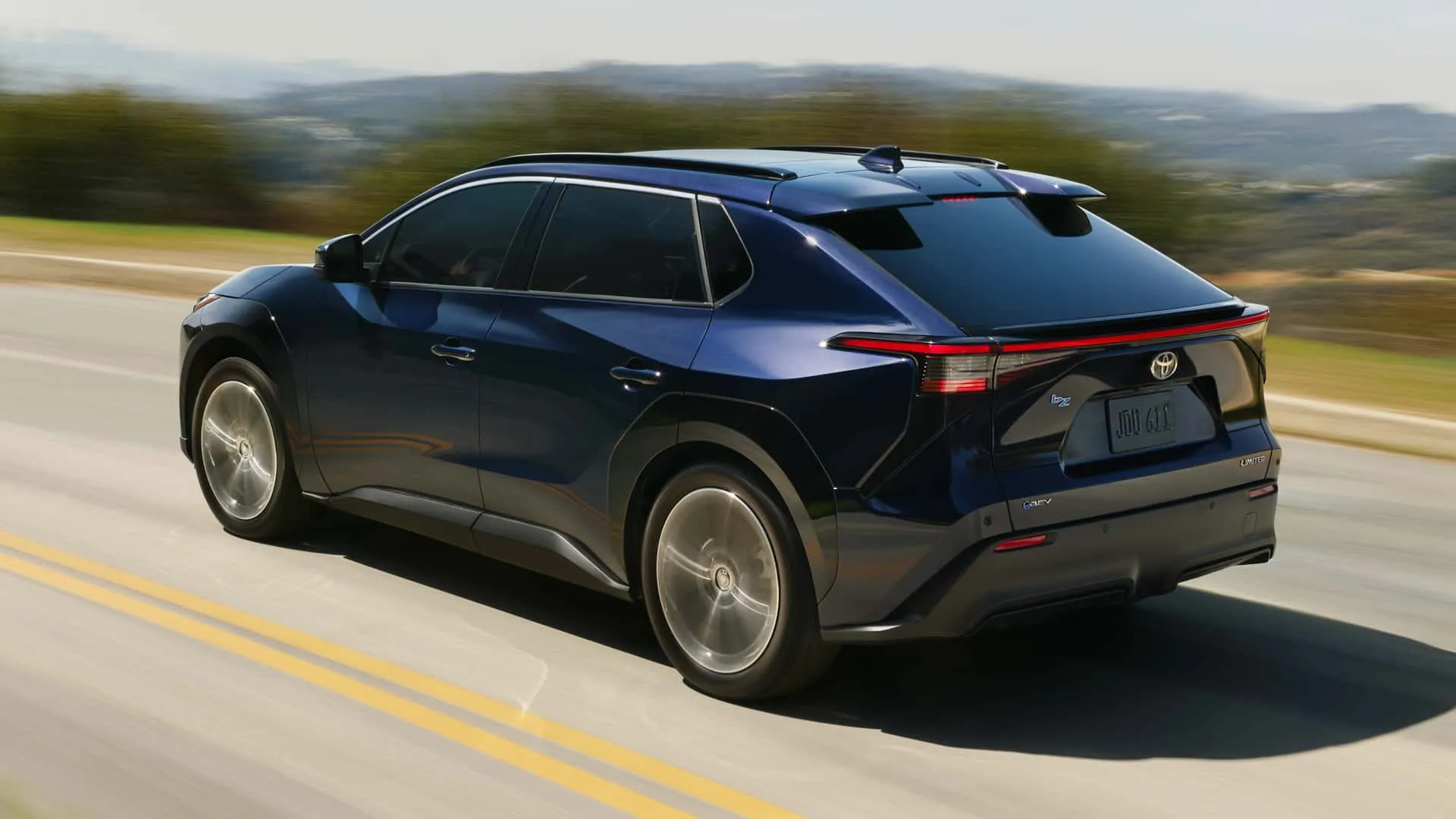Over 400 hp and a chrome-molybdenum cage. The Toyota bZ Time Attack Concept is a rolling laboratory demonstrating that electrification is the new chapter of excitement for Toyota performance vehicles.

The deafening roar of internal combustion engines has been replaced by a futuristic hum and the precise click of carbon components at SEMA 2024. Amid the creative chaos of the world’s largest customization show, Toyota arrived with a secret weapon that silenced skeptics: the bZ Time Attack Concept. This is not just another pretty concept car for photos and forgetting. It’s a declaration of war from the Japanese giant, a rolling laboratory proving that the era of electric sports cars has just begun – and it will be brutally fun. Toyota electric performance.
Imagine taking a familiar crossover, completely emptying it, lowering it like a lowrider, and stuffing wheels so wide they barely fit in the arches. That’s exactly what Toyota’s racing team did. The bZ Time Attack Concept started its life as a regular utility vehicle but underwent a radical transformation that made it unrecognizable and, in the words of those who saw it, “the most fun thing to come out of Toyota since the legendary LFA.”

Radical Engineering: How to Create an Asphalt Monster
The numbers of this concept are enough to make any enthusiast’s hair stand on end. The team left nothing halfway:
- Extreme Lowering: The center of gravity dropped 15 centimeters compared to the production version, improving handling dynamics.
- Widened Track: The track was increased by 15 centimeters, providing an exceptionally stable base for corners in US motorsport events.
- Aggressive Aerodynamics: A full package with a splitter front, side skirts, rear diffuser, and a giant wing that generates enough downforce to keep the car glued to the asphalt.
- Monstrous Tires: 19×11-inch BBS wheels with Continental 305/30 width tires, a measurement more common in hyper-sport supercars.
The team jokes that the process was like “hitting the car with a giant flyswatter.” The result, however, is a surgical-grade machine, with a body in a triple color scheme of pearlescent white, metallic black, and red “demonstrating the intersection between additive manufacturing and traditional race car craftsmanship.”
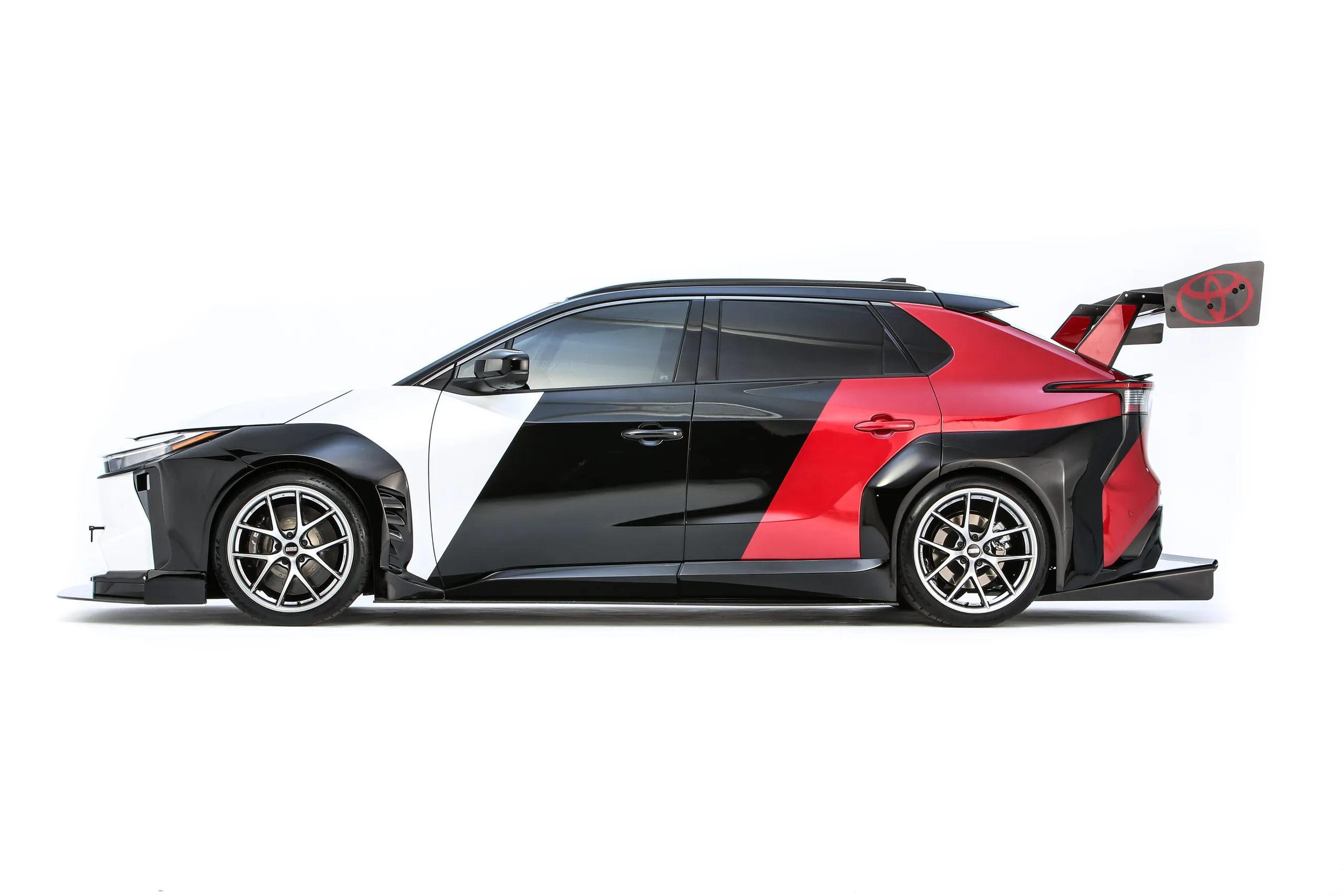
The Electric Heart of a Competitor
The magic isn’t just in the appearance. Under the hood (or better, spread across the chassis since it’s an EV), power was increased from a respectable 388 hp to “more than 400 hp” through a custom ECU tuning. The power boost may seem modest, but the real trick for performance came from a drastic weight reduction.
The interior was completely removed, exposing the vehicle’s raw structure. In place of comfortable seats and soundproofing, a chromoly molybdenum 4130 roll cage was welded in, fully compliant with FIA standards, transforming the chassis into an extremely rigid structure. This “less is more” approach is a powerful reminder that, in the pursuit of performance, simplicity often reigns supreme in EV track tuning.
To contain such ferocity, the concept was equipped with a set of Alcon competition brakes with Hawk pads, components directly adapted from Toyota 86 Cup and Corolla TC racing programs. The suspension features coilovers and TEIN springs, ensuring that every irregularity in the asphalt translates into pure grip.
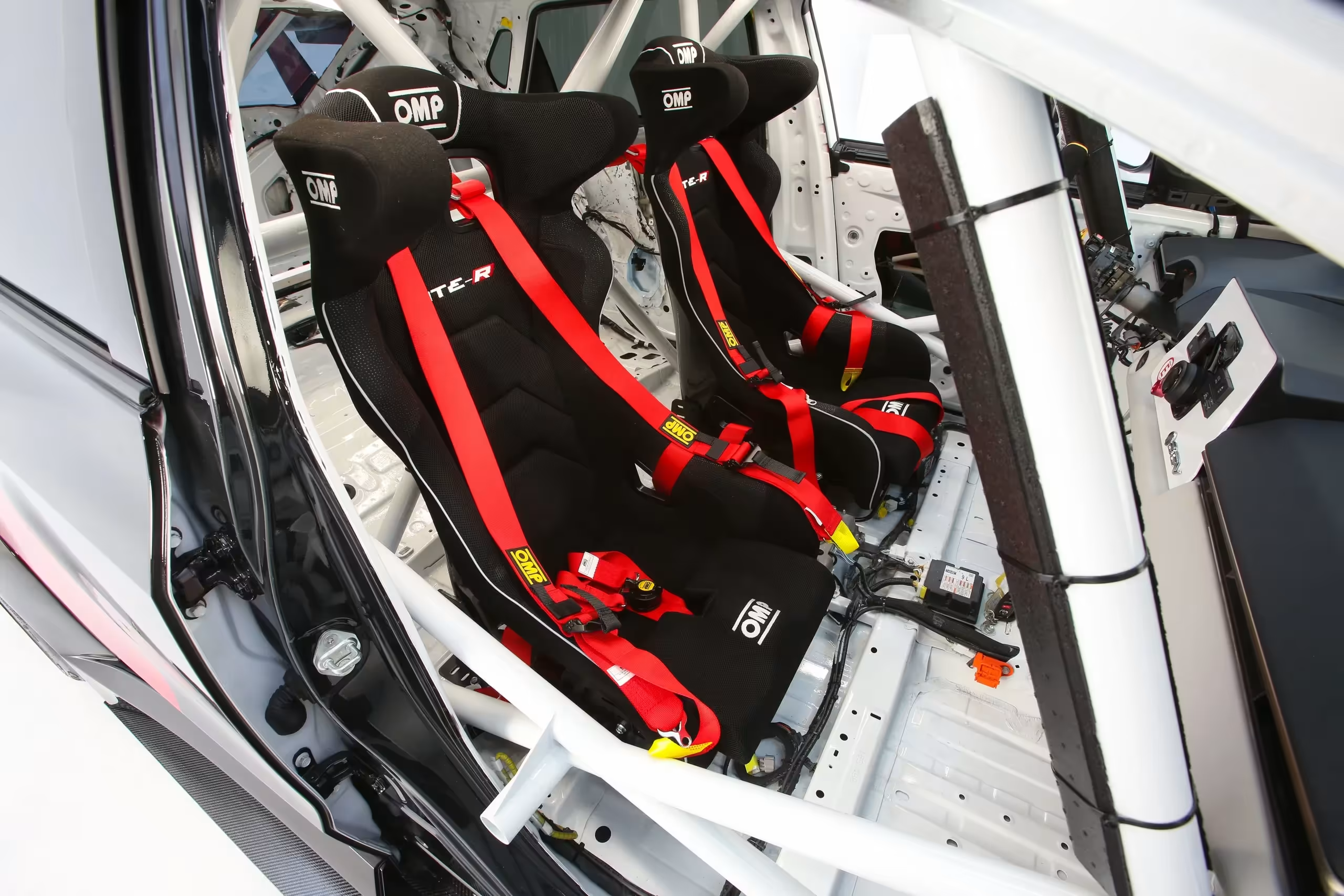
The Future Is Now: What Does This Mean for You?
The big question hanging in the air is: will Toyota bring this to production? The answer, for now, is a “probably definitive”. Marty Schwerter, chief builder and Operations Director at Toyota Motorsports Technical Center, was evasive:
“This year at SEMA, we wanted to take ourselves into uncharted territory. It’s a chance to explore, learn, and create something that showcases the full potential of Toyota’s electric vehicle platforms.”
This concept is, above all, a “rolling test bed”. It serves for Toyota to learn, in a real competition environment, how to extract the maximum from its EV platforms. The lessons learned here, from thermal management of the battery under extreme stress to the traction limits of electric motors, will undoubtedly filter into future production cars, especially for the North American market.
While the industry ponders the future of performance, with Porsche patenting W-18 engines and Dodge considering a return of V8s, Toyota is forging its own path. They are showing that electrification isn’t the end of fun, but a new chapter full of possibilities. Toyota future performance.
Who knows, in the future, the technologies validated in the bZ Time Attack might inspire an extreme version of a Toyota RAV4 GR Sport or even a spiritual successor to the GR Supra. Meanwhile, the silent revolution has already started, and its laboratory is a race track. This concept is living proof that the pursuit of efficiency and driving emotion can, indeed, go hand in hand. And if you think cutting-edge technology is only for circuits, think again; innovations like Toyota’s solid-state battery show that tomorrow is coming faster – and more excitingly – than we imagined for US EV enthusiasts.



